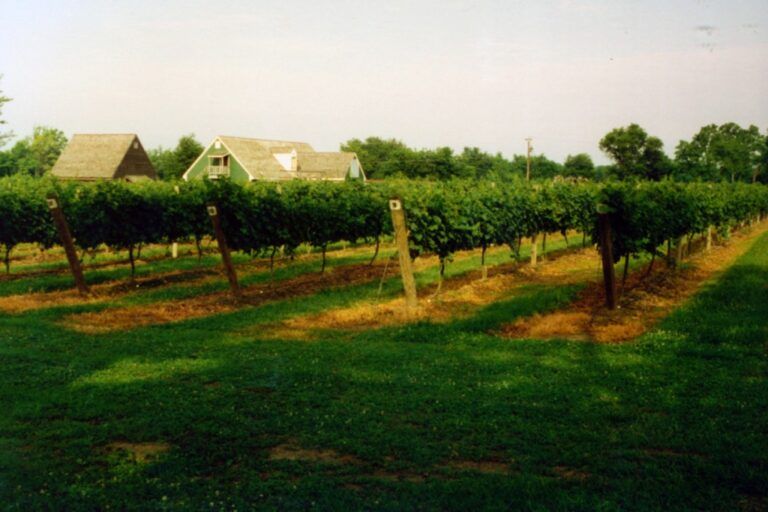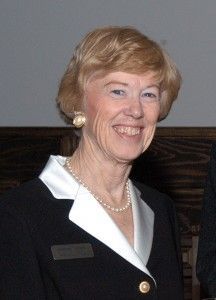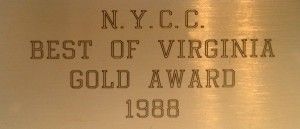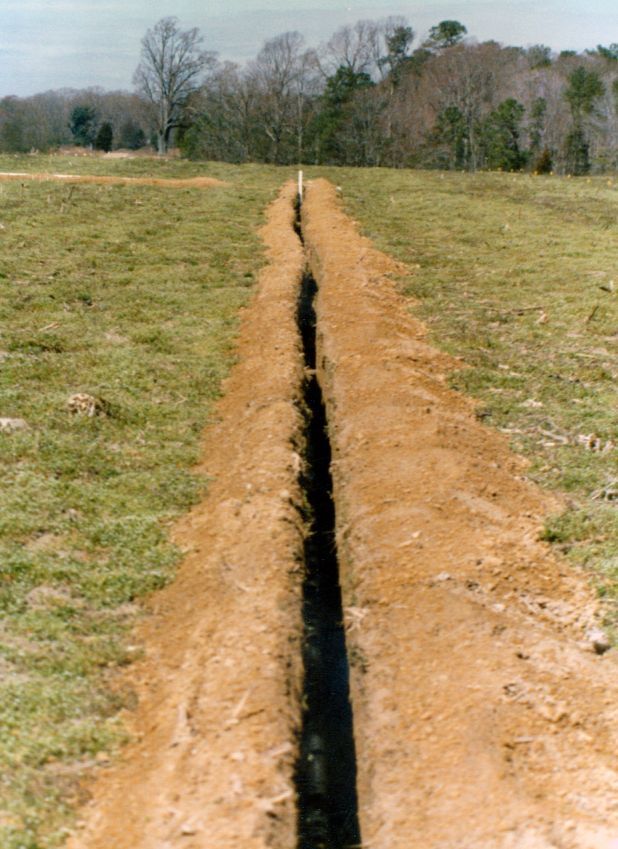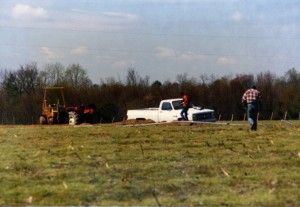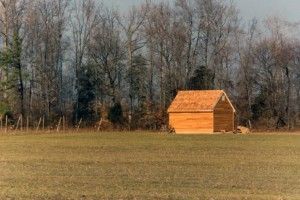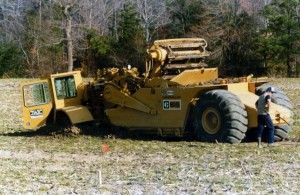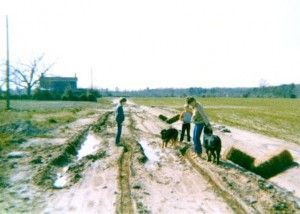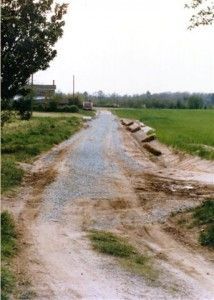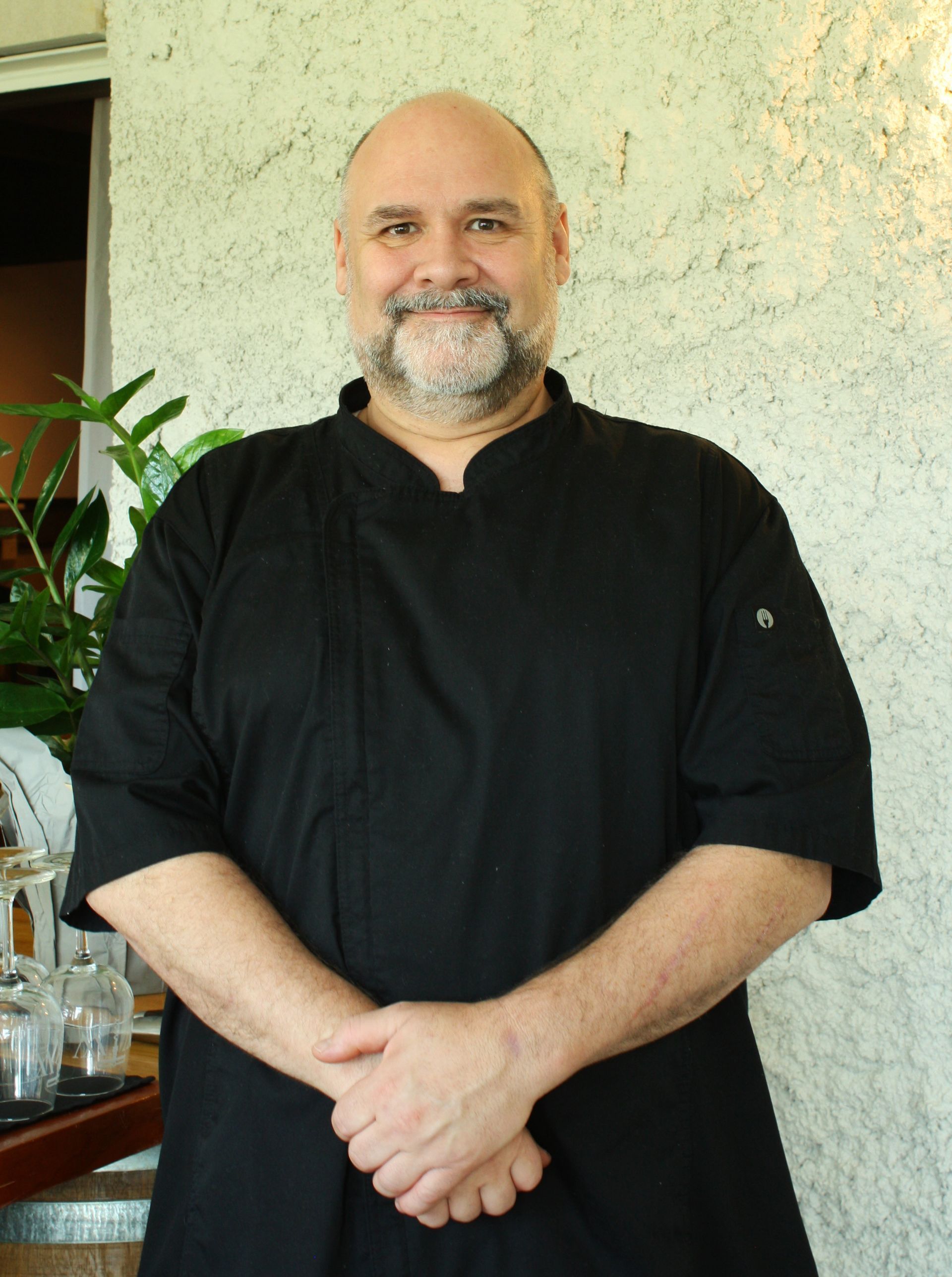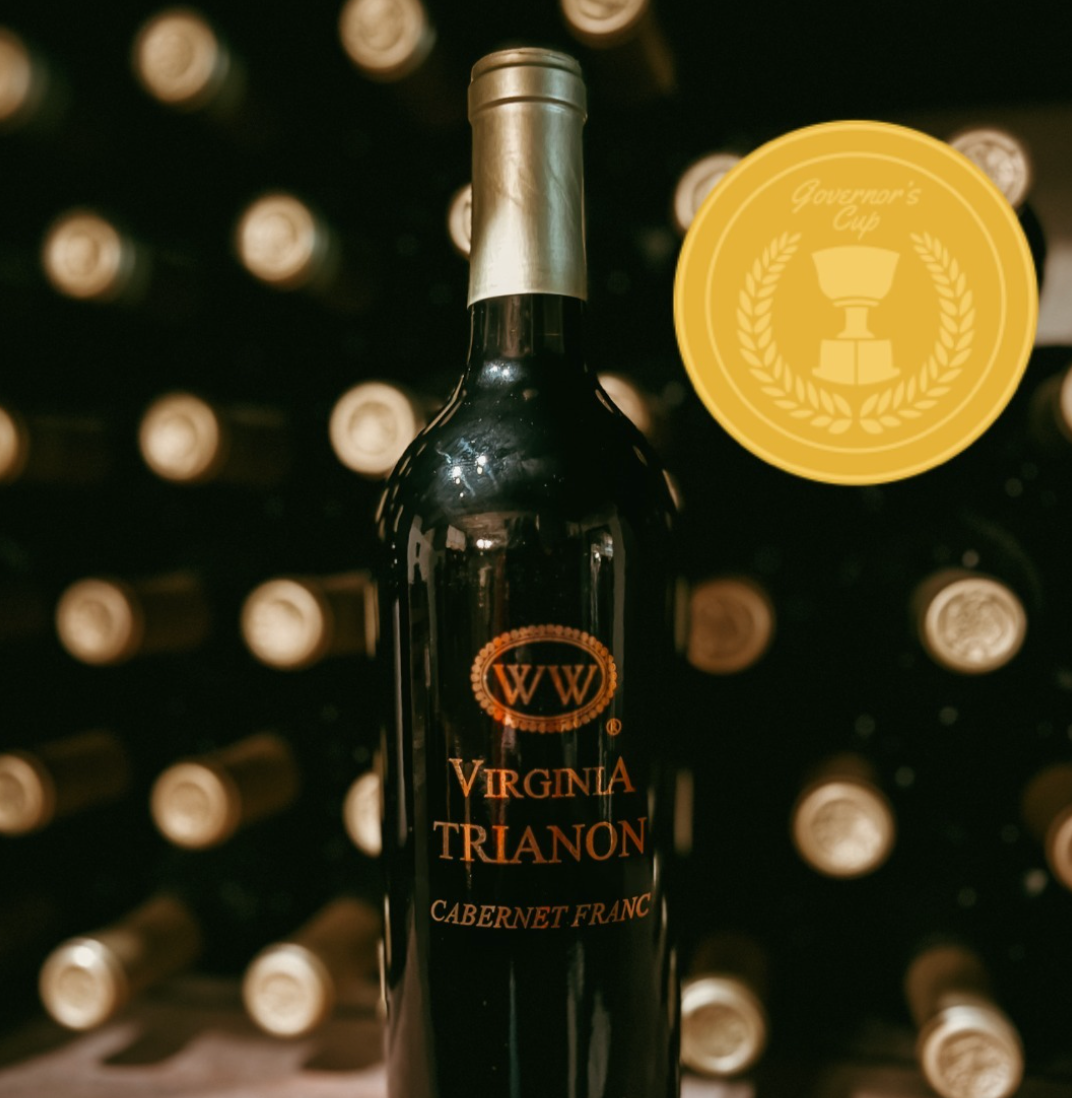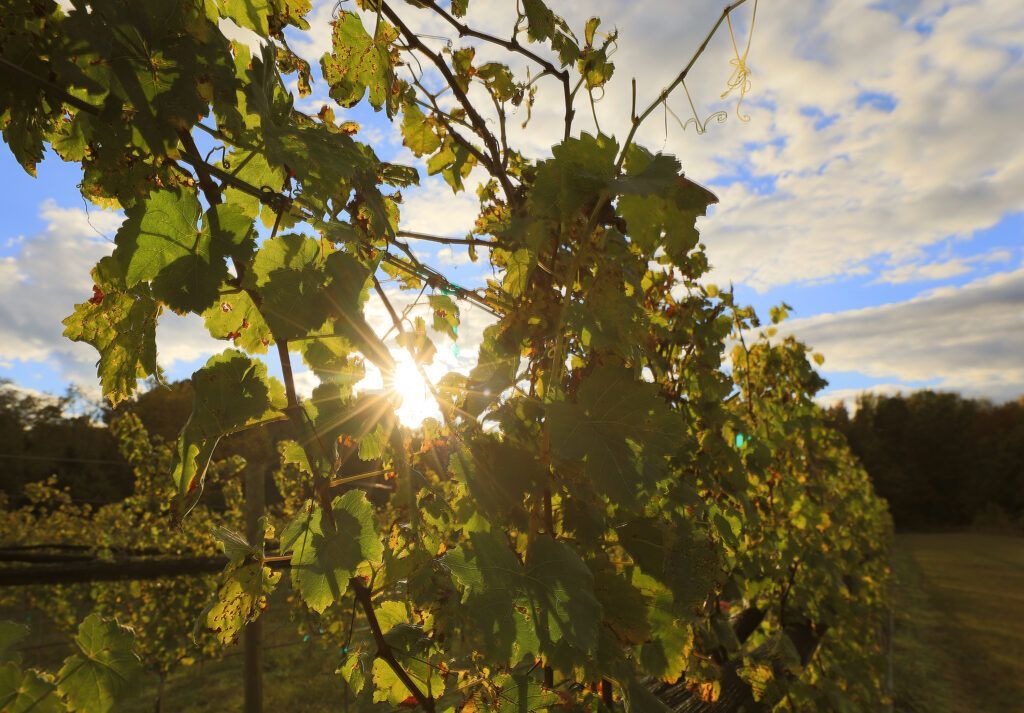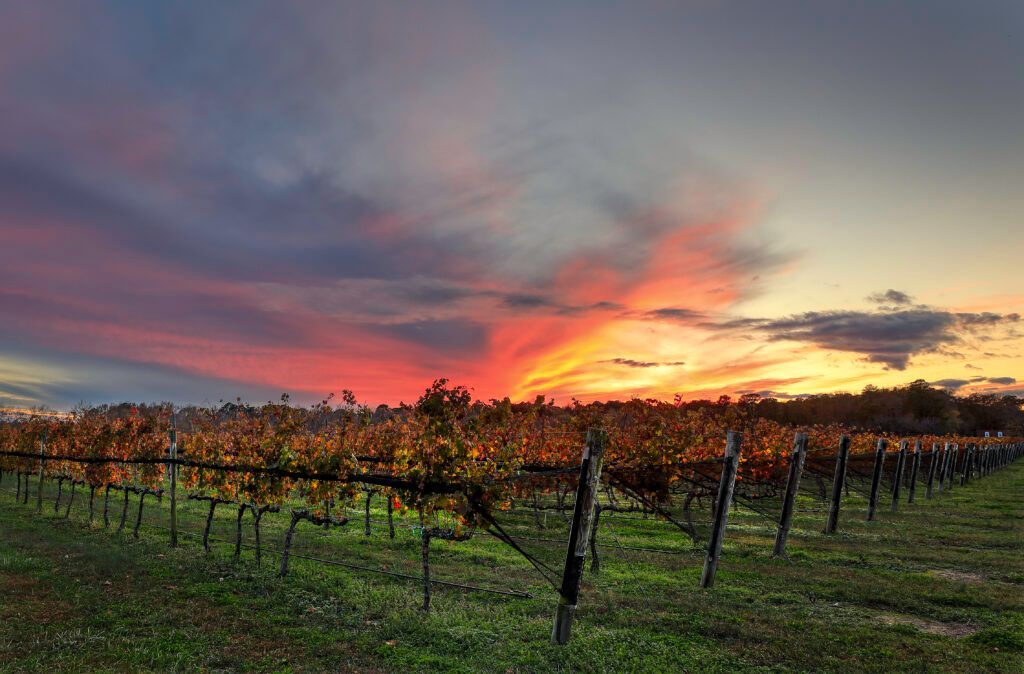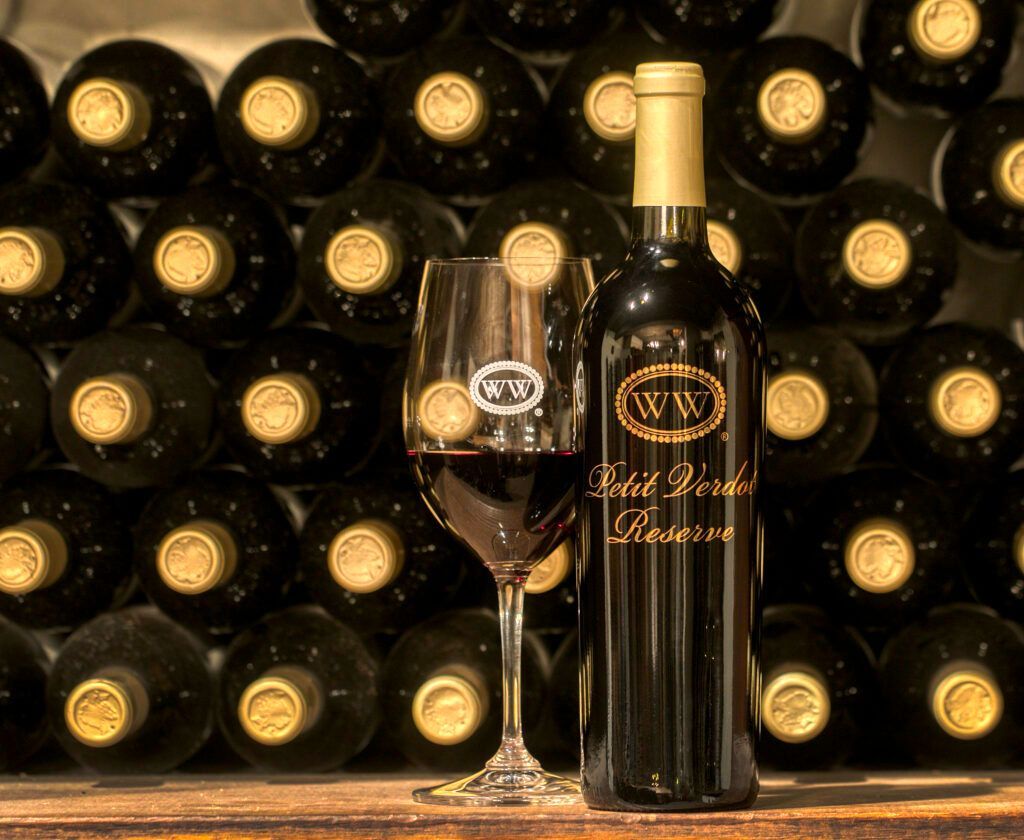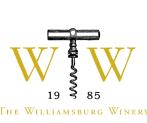Part 14: 1988, Launching the First Wine
Early December ’87. It had been over seven years since that trip to Guadeloupe that sparked the thought of launching us in a new direction. We sat in the kitchen of the old house with samples of the Riesling and the Vidal as well as a modest amount of chardonnay.
Rob Bickford had come down from New York and was planning to leave his position with a NYC importer-wholesaler where he had demonstrated his talent as a great people person on the one hand but, importantly, as somebody who had studied his wine world. After all, when he stayed with us in France when I was involved in Burgundy, I had arranged for him to participate, ie work at the harvest of Corton Charlemagne.
Jeanette and Steve were also there. With Peggy and myself, we were five. I began by outlining the importance that I felt the first release needed to express to potential consumers about who we were and what we wanted to project. All five of us had also tasted some less than friendly wines from Virginia. We were aware that wine connoisseurs did not think much of the VA wine industry as a whole.
Jeannette talked about the VA consumers’ preference for sweeter wines. Steve acknowledged that from his experience at Rapidan, Montdomaine and Chateau Morrisette, although he preferred drier wines. Rob wanted our first product to be a very dry chardonnay.
We did not think that the chardonnay was quite as developed as we would have liked it to be, and we wanted to give the chardonnay more time in oak barrels. Also, there was not enough of it for the first release in our opinion. So, we then focused on my original concept of trying to formulate a wine that expresses itself as fruity, young, easy to drink. We blended the Vidal and the Riesling and kept on changing the percentages. I felt confident that we were on the right track. It was also very interesting to see how a one percent difference between the two varietals impacted the flavor.
A consensus was reached. We notified Steve Reeder at Burnley and worked out the details on the bottles we had selected: a burgundy style, dead leaf green, to be dressed with a matte black capsule. Corks were also ordered. We had agreed that with the product being a blend, it would have its own name. It seemed to me that in Virginia, the birthplace of America, a wine named “Governor’s White” would be memorable and well identified with our respect for the culture and history of the Commonwealth.
This was the signal that the wheels of business had really started turning. A few weeks before, I had asked Dr. Messmer, our marketing professor at the College of William & Mary who had accepted to join our board of directors, for recommendations on an administrative assistant. He mentioned a person who had done some part-time work for him. Her name was Barbara Travers. She agreed to work with us and within a few weeks, she proved to be an extraordinary asset to the company. She did admit a few years later that she had wondered about my sanity.
The order was placed for the labels which had been the object of federal approval and now needed to be registered with the VA Alcohol and Beverage Control Board. The telephone conversation with the federal specialist handling the label approval was memorable. She began by asking how we could have a wine that needed a label approval if we had only received our federal permit on November 24. Had we cheated in our operation by processing wines before the grant of the permit? I laughed and reassured her that we had leased a portion of a licensed winery and gave her the pertinent details. Her surprised and somewhat admiring comment was that we had been the first to use that method. Time is money.
In late January, we arranged for the transfer of nearly seven hundred cases of Governor’s White from Charlottesville to our winery. The small space allocated for warehousing in that new building was limited. We crammed it all in, and Rob was ready to hit the road and make the first sales. Steve was invited to open the first bottle on January 22 to refresh our senses and ensure that it was exactly what we had determined it should be in December. It was tasty, and I still hold that first empty bottle in my office.
I presented a bottle to Rodgers Huff, the area president of United VA Bank. He acknowledged it graciously but with almost a certain indifference when I stopped in at his office. Remarkably, the next morning which was a Saturday, he knocked at the door of our house. He was in his horse-riding gear and had sparkles in his eyes. His comment was simple, “That wine you gave me yesterday, we had it with dinner, it is just delicious. I am so impressed.”
During that Saturday and all of the next week, Rob hit all our targeted accounts in Williamsburg. The first person that Rob contacted was Tom Power, owner of the iconic Williamsburg Cheese Shop and at that time, partner in the famous Trellis restaurant. He suggested that we should enter the wine in the Norfolk Yacht Club wine competition that was being judged the coming week. We followed Mr. Power’s advice without any great expectations. In the meantime, we had secured plenty of orders from the local merchants.
Then, low and behold, the results of the Norfolk Yacht Club competition came in. Our Governor’s White had been awarded a Best in its Class medal. We were stunned and surprised; we were on to something. We could feel it.
On February 9th, we tasted the components for our second wine. A classic dry wine which we had decided to call the James River White. We were very conscious that the internationally known fine food and wine specialist of Gault & Millau of France had described the James River as the US equivalent of the Loire valley for its scenic beauty, the plantations that dot its shores and its expression of the traditions of Virginia.
Continuing the expansion of the vineyards required us to provide irrigation just in case of a major dry spell. While VA averages about 28” of precipitation annually, it can have both dry Springs and dry Falls. We like the latter, but vines do not like the former. Drip irrigation is an excellent insurance.
There were several wells on the farm. We decided to rehab one of the old wells and built a small shed with a large 1,000 gallon tank inside to maintain constant pressure. This provided us with the perfect opportunity to improve the water pressure to our home. Another project. The well house is about twelve hundred feet from the house. The issue became then how do we get power to that well house. An overhead line was out of the question.
A bit of study. For that kind of distance, get Number One electrical wire, rent a trencher and drop the line in the trench. Shovel in some soil and install the water line in the same trench, make sure everything works and fill the trench back. Our wonderful well man was surprised when there was no voltage drop for the 220 line over that distance.
Jeanette kept the trencher for the next days to plan for the various underground lines to the different vineyards as her crew was installing more posts preparing for the arrival of the vines from the nurseries.
In order to shape the ground surface for the vineyards and to ensure adequate drainage, we arranged for the rental of a big earth mover. Bruce Capps, Eric’s brother, a specialist in conservation and land management flagged the right grass-waterway and directed the equipment. The ground was so soft in one area that the machine sunk down in a spot of anaerobic clay. It took another giant machine to pull it out. That, we decided, was not a good spot to plant grapevines.
Another project was to create a passable access road. The original driveway was in the wrong location. We had cut a new driveway from the state-maintained road, to our house; a distance of close to one mile. Its clay surface was dusty when dry and slippery when wet.
A UPS truck found itself in the ditch one day. Nothing that more than a few truck-loads of gravel wouldn’t fix. Just watch the cash.
A marketing question came up at that time. What do we want the entrance to look like? The entrance is the first statement to the visitors. I sketched a half circle and designed a couple of guard houses. To emphasize the half circle that would provide an adequate area for vehicles to decelerate, we placed posts and chains on both sides and designed a relatively small sign on a wood and wrought iron post reminiscent of design common in the tradition of England. Add a stack of barrels in front of a 10 acre vineyard, and it could not be mistaken; that is the entrance to the winery.
A friend of Rodgers Huff suggested the crepe myrtles, and they have become almost symbolic of our entrance road.
(To be continued)
Patrick G. Duffeler
Founder & CEO
